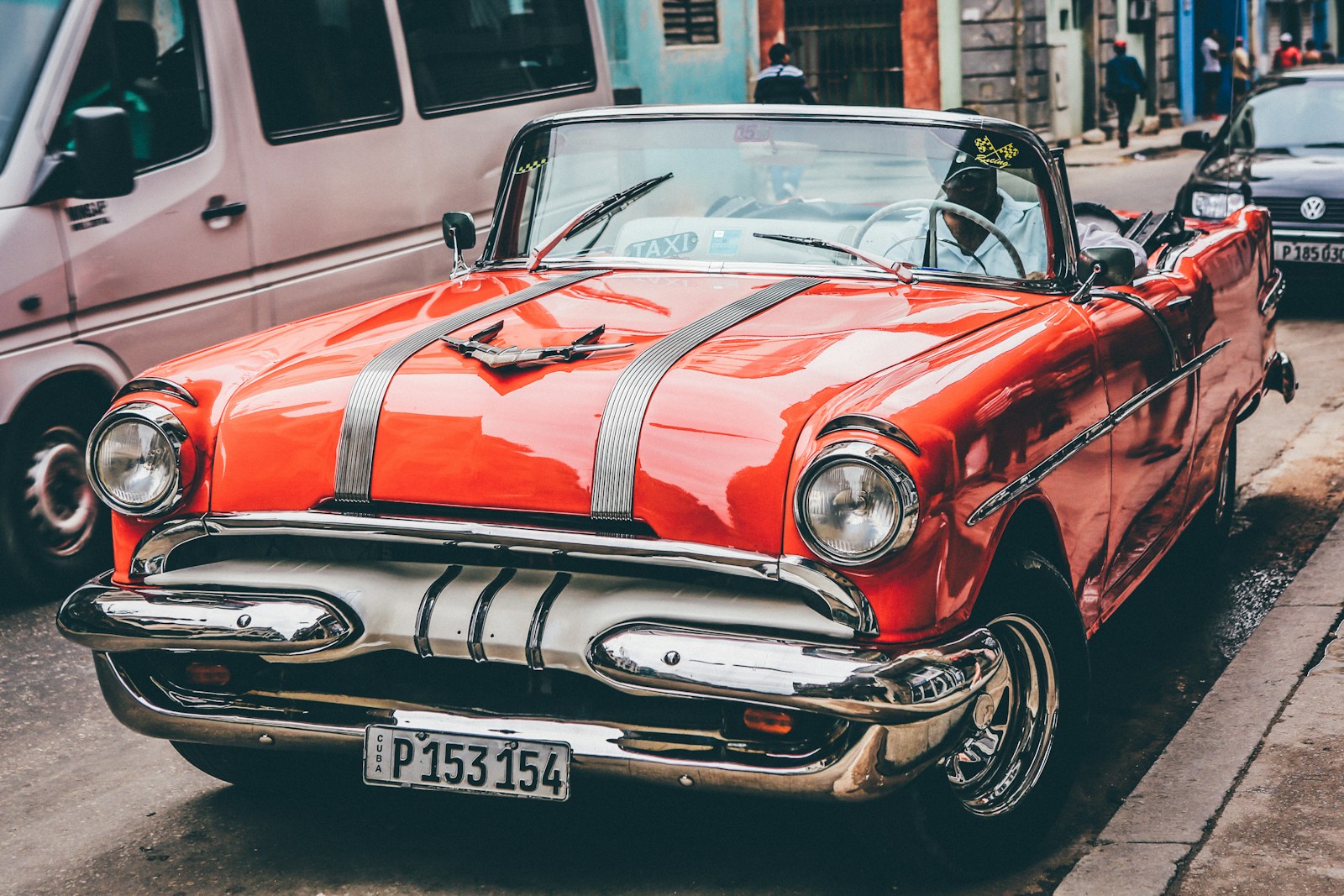The allure of classic cars is undeniable. Vehicles from yesteryears carry with them an aura of elegance, showcasing engineering marvels and styles that have often faded into history. Restoration of these automotive legends involves a meticulous blend of art and science, a process that not only preserves the physical vehicle but also revives the stories, cultures, and innovations they represent. This journey through “Reviving Legends: The Art and Science of Classic Car Restoration” explores the meticulous craftsmanship, historical significance, and passion driving the rebirth of these timeless masterpieces.

The Enchantment of Classic Cars
Classic cars, with their polished chrome, sleek lines, and roaring engines, are more than just vehicles; they are relics of the past, embodying the aesthetics, engineering, and spirit of their time. The restoration of these machines is not merely about bringing an old car back to life; it is about preserving history and celebrating innovation. Each car tells a story of its era, its designers, and its owners, making classic car restoration a deeply personal and culturally significant endeavor.
The Art of Restoration: Craftsmanship and Attention to Detail
The restoration of a classic car is an art form that demands exceptional craftsmanship and an eye for detail. Specialists in this field possess a deep understanding of historical accuracy, ensuring that every component, from the hue of the paint to the texture of the upholstery, is as true to the original as possible. This process often involves extensive research, sourcing rare parts, and sometimes even fabricating components when originals are no longer available. The goal is to achieve a balance between preserving as much of the original vehicle as possible while updating it to ensure it is drivable and safe on modern roads.
Techniques and Technologies
Advancements in technology have played a pivotal role in classic car restoration. Modern tools and techniques allow restorers to achieve higher levels of precision and authenticity. For instance, 3D printing has revolutionized the creation of rare parts, while computer-aided design (CAD) software facilitates the accurate reconstruction of complex components. However, despite these technological aids, the human touch remains irreplaceable. Skilled artisans apply traditional techniques in metalworking, upholstery, and painting, ensuring each car’s unique character shines through.
The Science Behind the Art
While artistry is at the forefront of classic car restoration, science and technology provide the backbone. Understanding the materials, chemistry behind paint and finishes, and the physics of car mechanics are crucial. Specialists need to be well-versed in various metals, fabrics, and other materials used in different eras to ensure authenticity and durability. Furthermore, the science of engineering plays a significant role in adapting classic cars to run efficiently and safely in today’s environment without compromising their historical integrity.
Environmental Considerations
As we become more aware of our environmental impact, classic car restoration has also adapted. Restorers now often incorporate more sustainable practices, such as using eco-friendly paints and materials, and even retrofitting classic cars with electric engines. These modifications allow classic cars to remain on the road, enjoyed by enthusiasts and the public, while reducing their environmental footprint.
The Passion Driving Restoration
Behind every restored classic car is a team of passionate professionals and enthusiasts. This passion is the driving force that brings these automotive legends back to life. Restorers dedicate countless hours to their projects, often going to great lengths to ensure every detail is perfect. This dedication is not just about the cars themselves but about preserving a piece of history, sharing stories with future generations, and keeping the legacy of automotive innovation alive.
A Community Effort
Classic car restoration often brings together a community of like-minded individuals. Clubs, online forums, and events not only provide a platform for sharing knowledge and resources but also celebrate the achievements of restoration projects. These communities play a crucial role in keeping the tradition alive, offering support and encouragement, and ensuring that the art and science of classic car restoration continue to thrive.
Conclusion: A Timeless Journey
The art and science of classic car restoration are about much more than returning a vehicle to its former glory. It is a tribute to human ingenuity, a preservation of history, and a testament to the timeless appeal of these mechanical marvels. As technology advances and our world changes, the passion for classic cars and their restoration ensures that these legends will continue to captivate and inspire for generations to come.
Restoring a classic car is a journey back in time, a challenge that requires skill, patience, and dedication. It is a journey that revives legends, bringing them back to life to tell their stories once more. Through the combined efforts of artisans and scientists, supported by a community of enthusiasts, the legacy of classic cars is preserved, celebrated, and driven into the future.
Nick is a dedicated auto writer with a deep passion for cars and a constantly evolving garage. As a true car enthusiast, he brings firsthand knowledge and excitement to his posts, offering readers a unique perspective on the latest trends and vehicles. Beyond his love for cars, Nick has a keen interest in real estate and enjoys indulging in clothes shopping. His weekends are often spent traveling the country in good company, exploring new places and making the most of his journey. Through his writing, Nick aims to share his love for the open road and inspire others to appreciate the thrill of driving.
